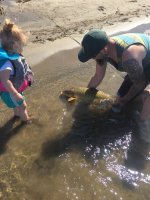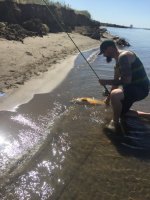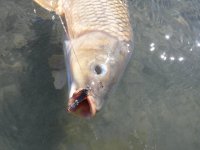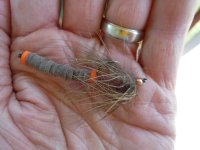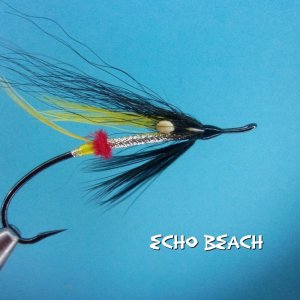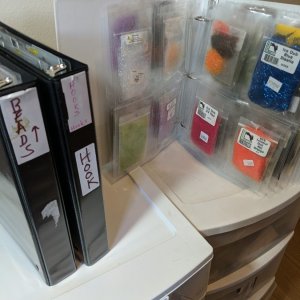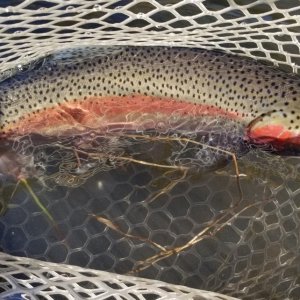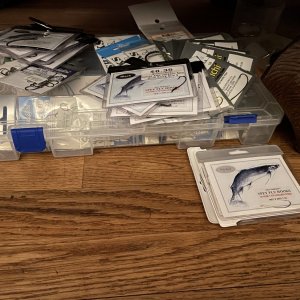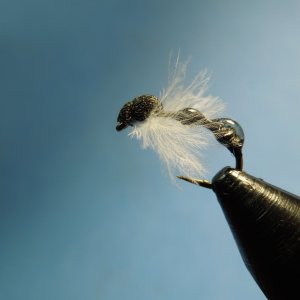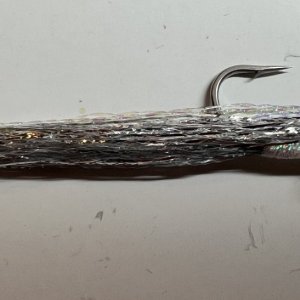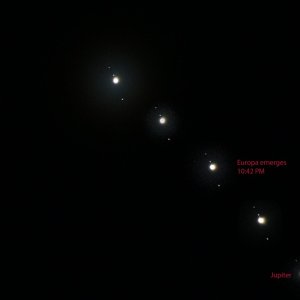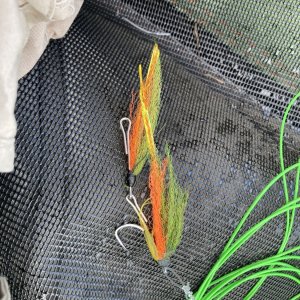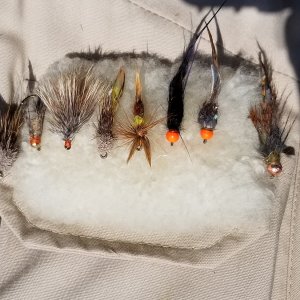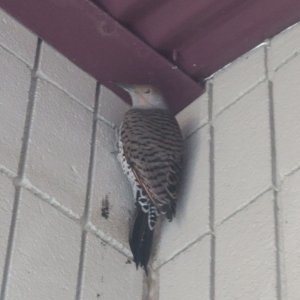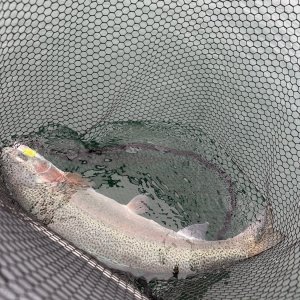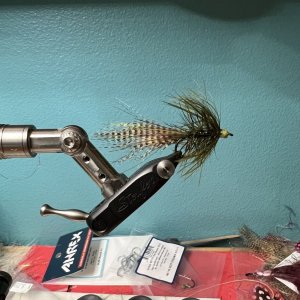Last time I was in the Seeps, carp were starting to take up shoreline positions for whatever reason carp do that. Hundreds of gigantic fish just subsurface, making big splashes when startled by the kayak.
And it occurred to me that I've never seen a small carp in the wild - like less than 16" or so.
Has anyone else?
Do they hide somewhere?
And it occurred to me that I've never seen a small carp in the wild - like less than 16" or so.
Has anyone else?
Do they hide somewhere?


